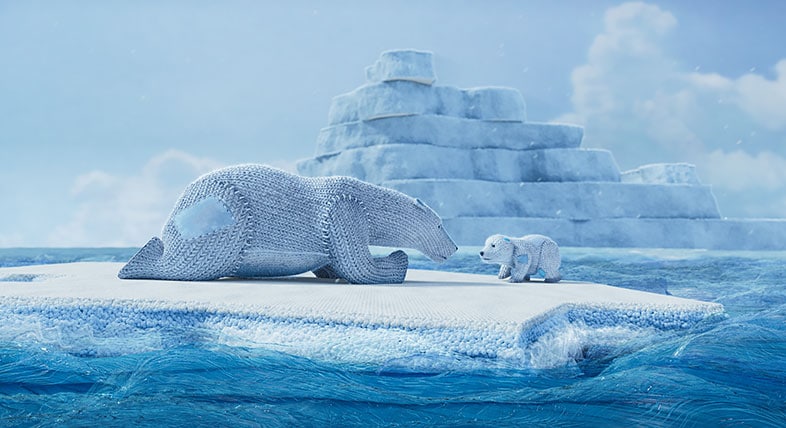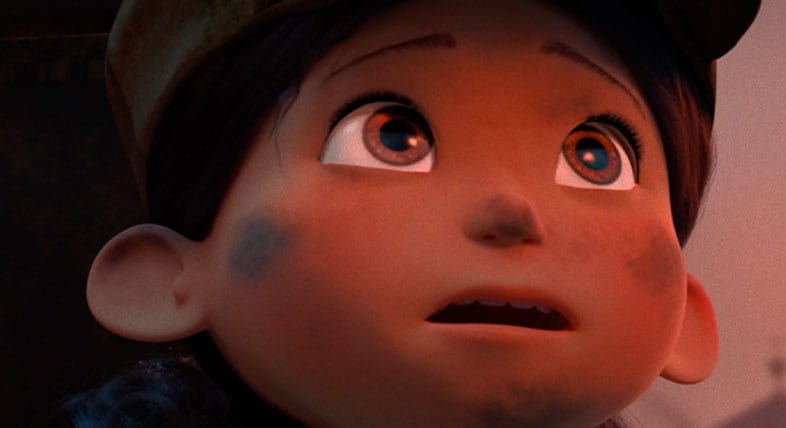With an appetite for high-quality animated content soaring and timelines getting tighter, studios need powerful 3D animation tools and workflows to scale efficiently and keep up with demand. Autodesk solutions can help address these challenges.
3D animation
Bring complex CG characters and worlds to life
Whether you’re just starting out or already a seasoned pro, Autodesk 3D animation software can help you create beautiful content faster, more collaboratively, and without creative limits.
Meet growing demand with powerful 3D animation workflows
Image courtesy of Amaru Zeas
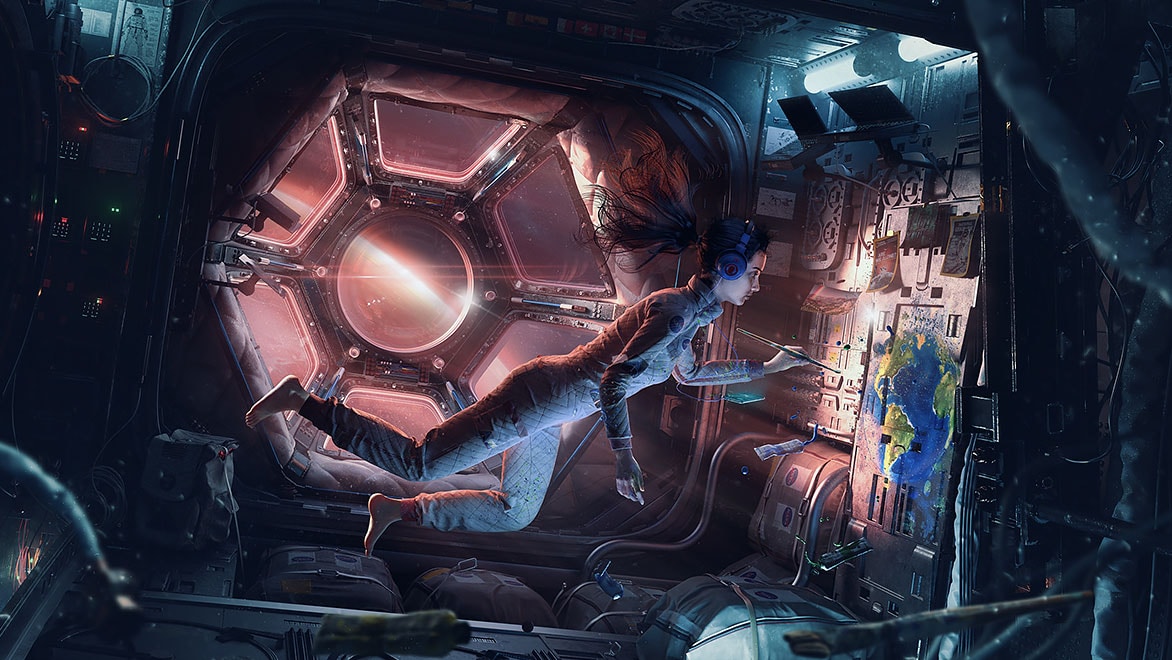
Autodesk animation tools power 3D pipelines
-
![]()
"We were one of the first studios to green light a project following the COVID shutdown. We’re going faster than we ever have."
Russ Smith, VFX Supervisor, Bron Animation
-
![]()
"Accurate schedules can be generated in minutes and adjusted on the fly, transforming a previously time-consuming and error-prone process."
Michael Nowakowski, Pipeline Technical Director, LAIKA
Produce high-quality animated content, faster
-
Beautiful results
-
Fast iteration
-
Artist-friendly workflows
-
Production management
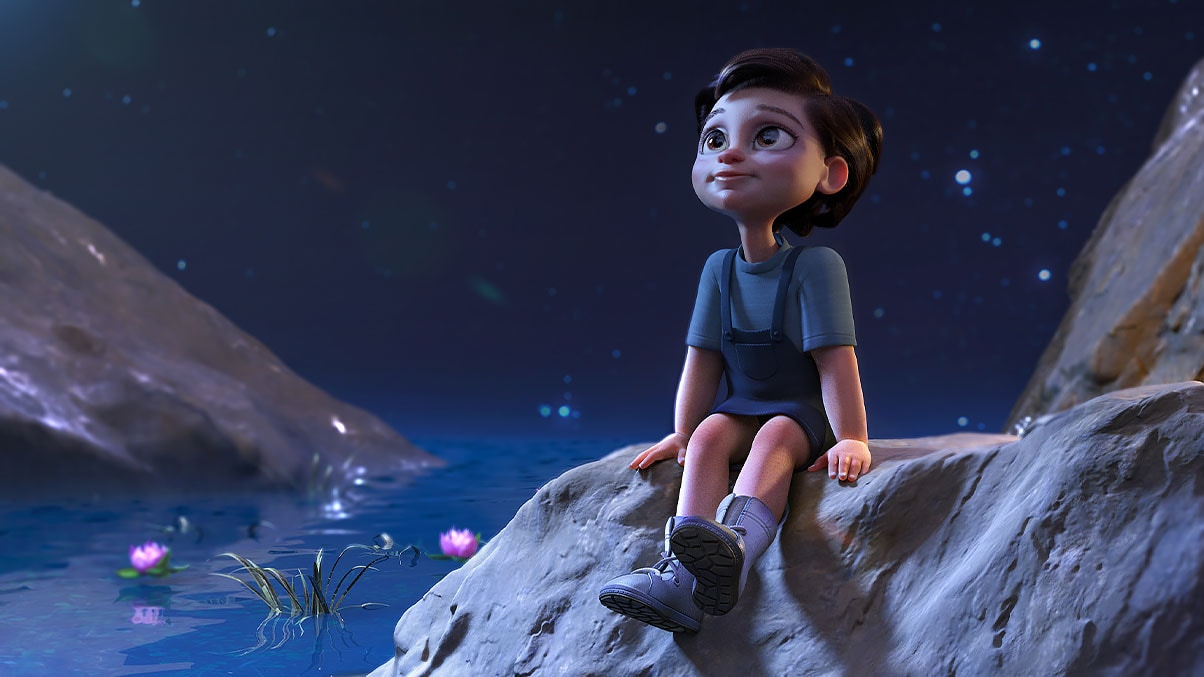
Create beautiful 3D animations
Whether you’re after a stylized or hyper-realistic look, feature-rich tools and workflows can help you bring your animated content to life. From hair, fur, and skin to intricate environments, add the finest details to characters and scenes, and deliver high-quality work that keeps clients coming back.
Image courtesy of Gal Yosef

Increase creative iterations
The creative process is highly iterative. You may review an animated scene, character, or asset dozens of times before you decide it’s done. Powerful 3D animation workflows allow you to iterate faster, pinpoint where to make changes in real time, and avoid breaking creative flow.
Image courtesy of Rashed Abdullah

Optimize the artist experience
From modeling environments to creating CG characters with realistic facial expressions and movement, an optimal user experience can have a huge impact on productivity. Artist-friendly and intuitive 3D modeling, animation, and rendering workflows help you manage your most complex characters and scenes with ease.
Image courtesy of Hamid Reza Abbasi
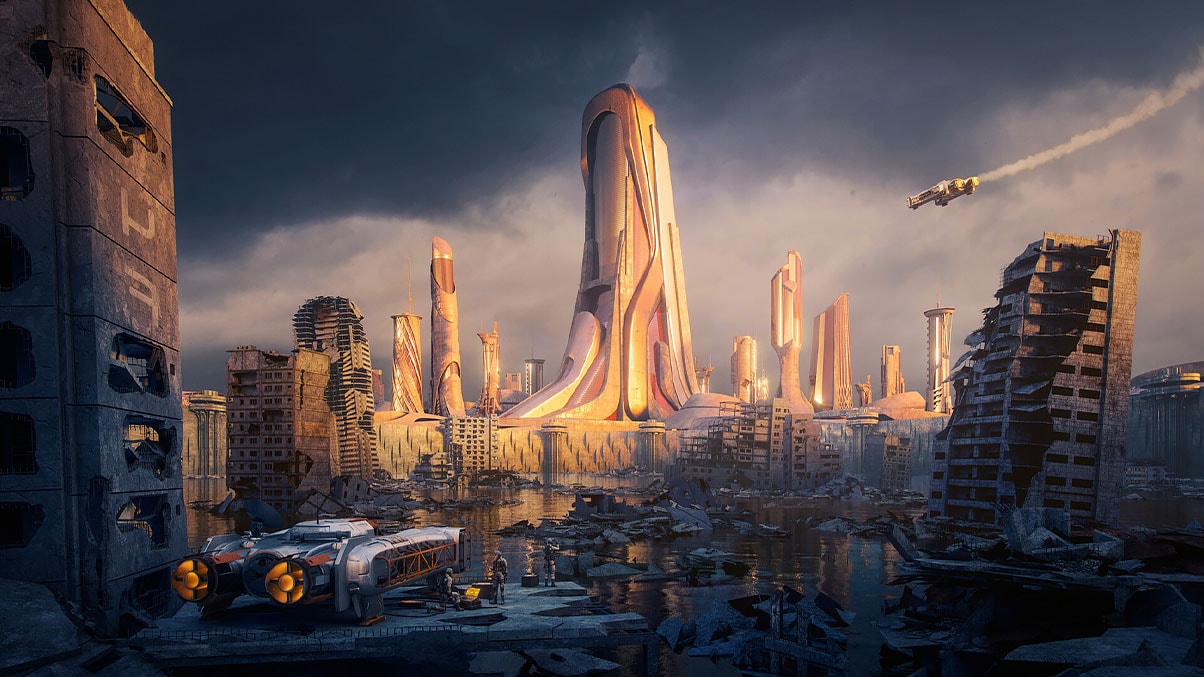
Improve pipeline performance
Pipelines sit at the heart of a studio’s success. A high performing 3D animation pipeline allows you to quickly optimize resources, identify gaps, and adapt production schedules and plans in real time. With a professional production management tool in place, you remove bottlenecks, streamline work processes, and improve communication flow between teams.
Image courtesy of Manuel Vendramin
Explore our virtual animation studio
We’re producing an epic 3D animated short called Mkali's Mission using Maya, 3ds Max, Arnold, Mudbox, and ShotGrid. To bring the project to life, we hired freelance artists from across the globe for modeling, rigging, animation, visual effects, look development, and rendering.
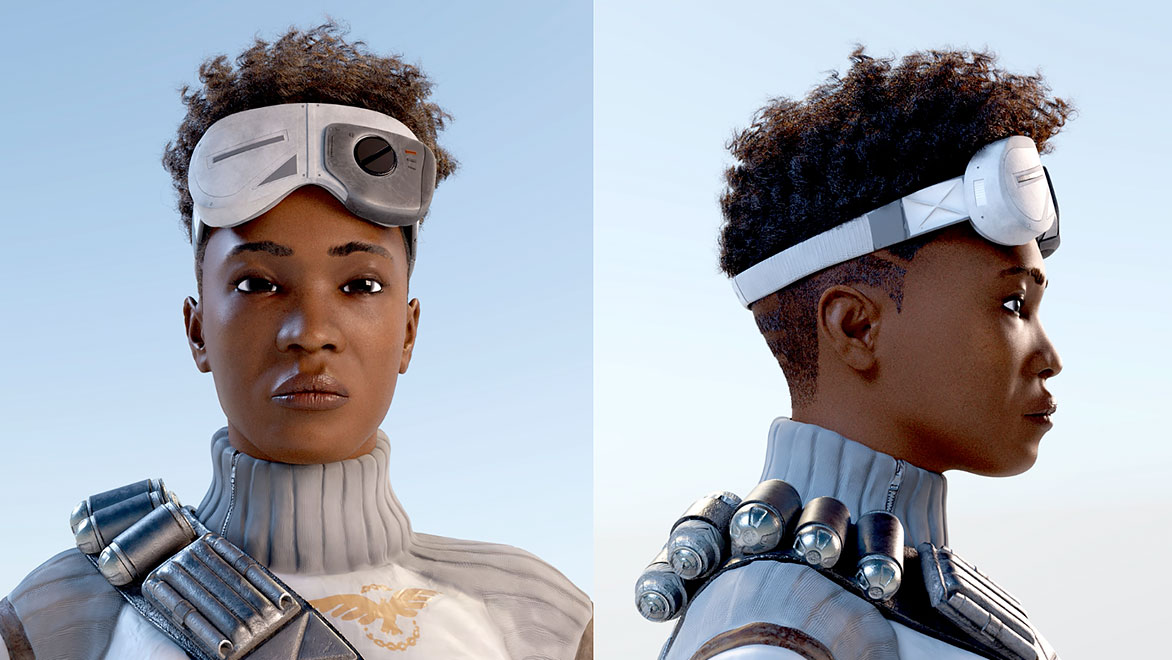
See how artists worldwide use Autodesk 3D animation tools
-
![CG mom and cub polar bears on an ice cap]()
Blog
Making award-winning animated short Migrants
The team behind Visual Effects Society Student Award winning animated short, Migrants, share a break-down of their technique.
Image courtesy of the Migrants team
-
![Young girl with dirt on face looking up in surprise]()
Blog
Remote workflows before remote workflows
Learn about the making of Mila, an animated short on the harsh realities of war, created by an entirely remote team of artists.
Image courtesy of Cinzia Angelini
-
![Pirate pointing finger]()
Blog
Re-adapting Captain Sabertooth for every audience
An iconic character in Norwegian pop culture, Qvisten took on the challenging feat of re-creating Captain Sabertooth for a new medium.
Image courtesy of Qvisten Animation
Frequently asked questions (FAQs)
3D animation uses computer graphics to make objects look like they’re moving in 3-dimensional space. Artists use 3D modeling software to build the objects. Next comes rigging, a virtual representation of an object or character’s skeleton. Animators pose the rig at strategic points so it appears to move. Newer methods of animation involve motion capture (US Site), which records an actor’s live movements for digital animation.
Autodesk offers a complete suite of tools for creating high-quality animated content.
- 3ds Max offers a rich and flexible toolset for modeling 3D assets and environments.
- From animating attributes of any object to transforming joints and bones, IK handles, and models over time, Maya has the animation toolset to bring 3D assets to life.
- Arnold is integrated with Maya and 3ds Max, enabling you to see high-quality previews and iterate changes quickly.
- Using MotionBuilder, you can capture, edit, and play back complex character animations.
- ShotGrid streamlines workflows for animation studios by unifying production management, creative reviews, and pipelines.
Autodesk software excels at making collaboration on 3D animation projects more efficient. The Media & Entertainment Collection includes all the tools necessary to build a powerful and scalable 3D animation pipeline. Add ShotGrid production management software to simplify animation reviews and project management and unify geographically dispersed teams.
Autodesk software drives efficiency in 3D animation workflows. From 3ds Max and Maya for modeling and animation to Arnold (US Site) for rendering and ShotGrid for production management, Autodesk software streamlines the entire process, from asset creation through final output.
Recent updates to both 3ds Max and Maya have focused heavily on helping animators work more efficiently. For example, Cached Playback in Maya drastically increases the speed of animation playback by enabling you to evaluate iterations of animation right in the viewport, rather than producing multiple playblasts.
Arnold is the default renderer in both 3ds Max and Maya, allowing you to see high-quality previews of animations and iterate changes fast.
Motion capture is the process where actors’ physical movements are captured and then recreated on digital character models. This allows actors to give realistic movement to CG creatures.
You can generate motion capture data from a live actor and import it into MotionBuilder. MotionBuilder provides animators and directors with an interactive environment for fine-tuning character movement.
Rokoko’s Motion Library is now also a native plugin in Maya, providing access to thousands of affordable, high-quality character animations from the world’s top motion capture studios. The plugin allows you to search, preview, and purchase motion assets natively, right in Maya.
3ds Max and Maya are both used by creative studios around the world for animation, modeling, visual effects, and rendering. 3ds Max offers a robust toolset for modeling, intuitive texturing and shading, and high-quality rendering while Maya offers powerful tools for character creation, lifelike animation, and detailed simulations. Read more about the differences between 3ds Max and Maya (US Site).


